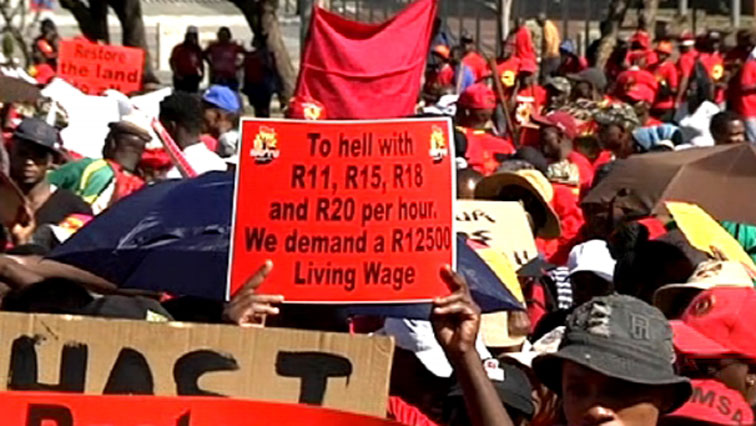For decades South Africa rivalled BRICS partner Brazil as the country with the most unequal income distribution. However since 2000 income inequality in Brazil has dropped leaving South Africa unrivalled in this regard. The primary measure of income inequality is the Gini coefficient and countries with equitable distributions of income have Gini a coefficient of 30 or less. According to the World Bank the Gini coefficient of South Africa is 63 with Brazil now ranking eighth with a coefficient of 51
Decreasing income inequality in Brazil was due to social transfers made to the poorest population, pension reform and changes to the education system. South Africa is also attempting to reduce the level of income inequality via, inter alia, a national minimum wage.
It is envisaged that from next year all employees will earn at least R3 500 a month or R20 an hour. On the face of it this should result in a noticeable reduction in income inequality and thus a drop in the Gini coefficient. However measures of income inequality incorporate earnings (i.e. wages and salaries) as well as grants, pensions, rental income, income from savings etc. Generally inequality in earnings is far more severe than that associated with other forms of income. StatsSA’s labour dynamics survey of 2016 indicates that when these other forms of income are removed from calculations the Gini coefficient jumps to 81. By establishing the minimum wage at an appropriate level earnings income could improve dramatically.
Calculations show that if every person in formal employment earned the minimum wage the inequality in earnings will drop from 81 to 74. Given that earnings are a large part of household income this will also result in the national Gini coefficient dropping by a similar proportion.
However this reduction relies on the employers in the formal sector carrying a significantly higher wage bill. If, in the current economic climate, employers do not fork out significantly more in wage payments these prospects change dramatically. If the national minimum wage is coupled to a stagnant wage bill then large scale job losses will take place. Furthermore those job losses will be among low wage employees aggravating existing levels of income inequality.
Unless employers increase their wage payments significantly half the intended beneficiaries of the minimum wage may lose their jobs. If this happens the level of earning inequality, and thus the level of income inequality, will rise from the existing 0.81 to 0.84 or, put differently, from the envisaged 0.74 to 0.84. Such an increase will dramatically impact on the misfortunes of workers who currently earn low wages.
The diagram below displays the three income profiles associated with a) the status quo, b) all employees in the formal sector get the minimum wage and c) all formal workers get the minimum wage but employers do not increase their wage payments.



